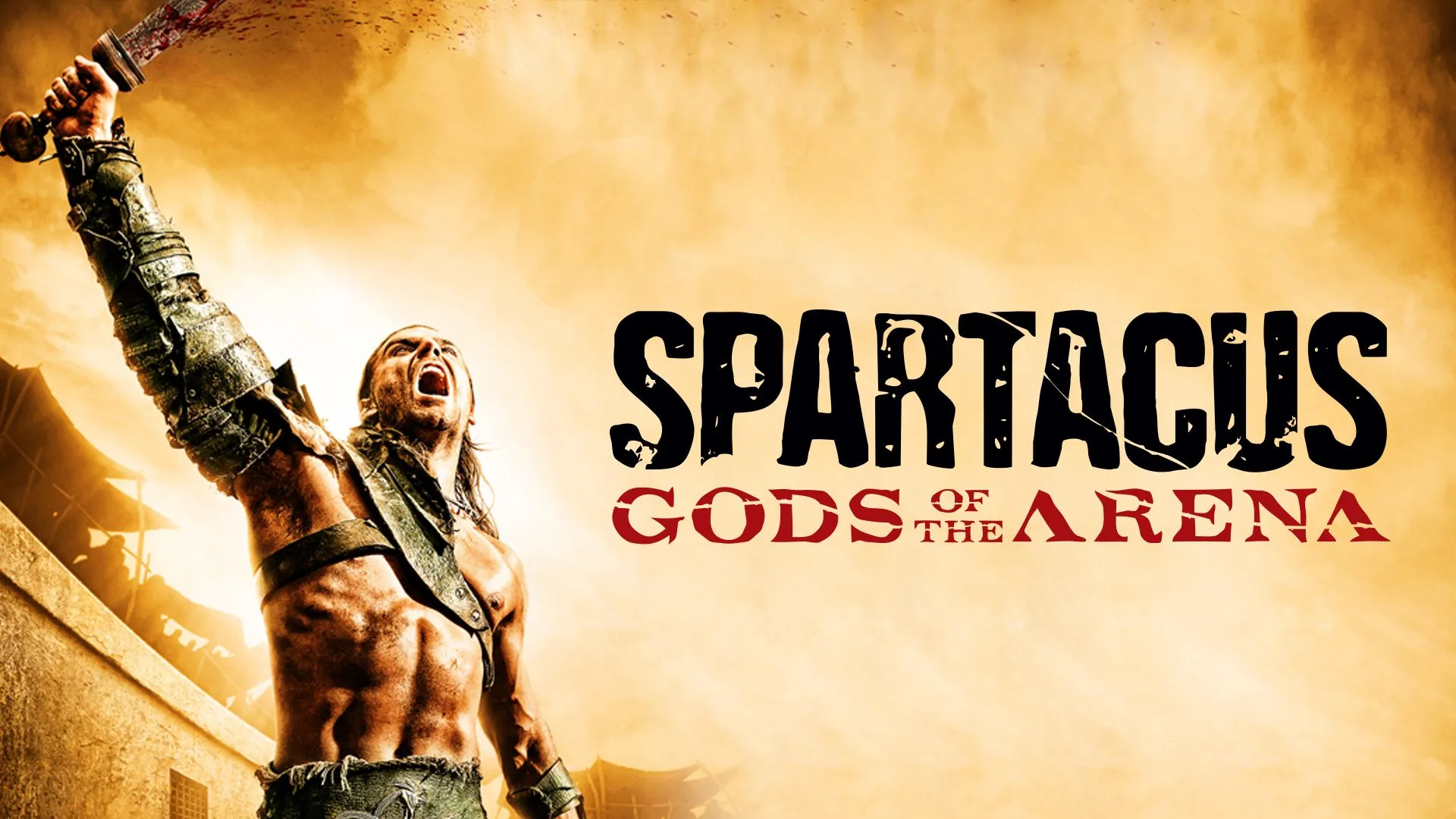In Anna, Luc Besson returns to the familiar territory he helped define: that of the beautiful, deadly woman caught in a world of violence, manipulation, and espionage. Combining glossy aesthetics with breakneck action, Anna offers an ambitious, non-linear spy thriller led by newcomer Sasha Luss in a role that demands both elegance and fury.
But while the film boasts slick visuals and a few killer set pieces, its derivative structure and muddled script raise the question: Is this just La Femme Nikita repackaged for a new generation?
Set primarily in the late 1980s and early '90s, Anna tells the story of Anna Poliatova (Sasha Luss), a young woman plucked from an abusive relationship and offered a new life — not by a modeling agency, as she believes, but by the KGB.
Recruited by icy handler Olga (Helen Mirren) and under the control of intelligence officer Alex Tchenkov (Luke Evans), Anna is trained to become an elite assassin. She’s told she must serve five years before she can earn her freedom. But in the world of espionage, promises are just another weapon.
Anna’s life becomes even more complicated when she’s approached by CIA agent Lenny Miller (Cillian Murphy), who offers her a chance to escape her double life — if she agrees to betray her KGB handlers.
What unfolds is a tangled web of flashbacks, betrayals, and shifting loyalties as Anna manipulates her way through a series of impossible scenarios — trying to outsmart not one but two powerful intelligence agencies, all while dreaming of a life she can finally call her own.
Anna uses a non-linear narrative structure, often flashing backward and forward in time to reveal critical twists. At its best, this structure adds intrigue and delivers genuine surprises — particularly when the audience is forced to reevaluate everything they thought they knew about a prior scene.
However, the constant time jumps — often labeled with title cards like “Three Years Earlier” or “Six Months Later” — can feel overly mechanical, almost like a gimmick. Rather than deepening the emotional impact, they sometimes come off as narrative sleight-of-hand, used to conceal thin character development and basic motivations.
Still, it keeps the viewer guessing, and that’s part of the appeal.
Casting a fashion model in the lead role of an assassin was a gamble — but Sasha Luss delivers. While not as emotionally nuanced as, say, Jennifer Lawrence or Charlize Theron in similar roles, Luss carries herself with a cold, composed confidence. She’s believable in the action scenes, which are choreographed with crisp, brutal efficiency, and she captures the duality of Anna’s life: the poise of a model, the precision of a killer.
There’s a particularly jaw-dropping scene — a restaurant assassination — where Anna takes out a dozen heavily armed men using knives, broken plates, and sheer determination. It’s as much a ballet as a brawl, and Luss handles it with ferocity.
-
Helen Mirren is the standout as Olga, the ruthless KGB handler. With her chain-smoking, scathing sarcasm, and occasional flickers of maternal affection, Mirren brings gravitas to a film that often skates on the surface.
-
Luke Evans, as Anna’s recruiter and sometimes lover, gives a cold and calculated performance, though his character never truly evolves beyond his archetype.
-
Cillian Murphy, as the CIA agent who underestimates Anna’s complexity, provides a grounded performance in an otherwise hyper-stylized film.

At its core, Anna is a story about control and self-determination. Everyone around Anna is trying to own her — the KGB, the CIA, the fashion world — but she is not just a pawn, even if she plays one convincingly.
She’s not motivated by ideology or revenge, but by a desire to be free, to choose her own path. That yearning gives the film its emotional anchor — even when the plot turns feel like recycled spy-movie tropes. The film also toys with the idea of layers of identity, a concept visually mirrored in its structure — a story inside a story, a lie wrapped in a role, much like Anna herself.
Luc Besson has always been a visual director. Anna is filled with slick cinematography, high-fashion styling, neon lighting, and atmospheric European backdrops. Every scene feels curated, from the catwalks of Paris to the gray, cold offices of Moscow.

However, the substance beneath the surface doesn’t always land. Dialogue is functional rather than inspired. Emotional stakes are hinted at, but not deeply explored. It’s stylish espionage — but not always meaningful.
The finale of Anna is surprisingly satisfying. After playing both sides and narrowly escaping several double-crosses, Anna pulls off a final twist — faking her own death and walking away from the spy game entirely.
She leaves behind a trail of corpses and broken promises, but finally reclaims her autonomy. It’s a rare spy movie ending that doesn’t involve explosions, but instead rewards cleverness and control — the very tools she was denied for so long.
Anna doesn’t reinvent the genre, but it adds a fun, fast-paced chapter to it. With stylish direction, elegant brutality, and a capable lead, it’s a film that delivers on its promise of espionage action — even if it sometimes struggles to justify its emotional stakes.




